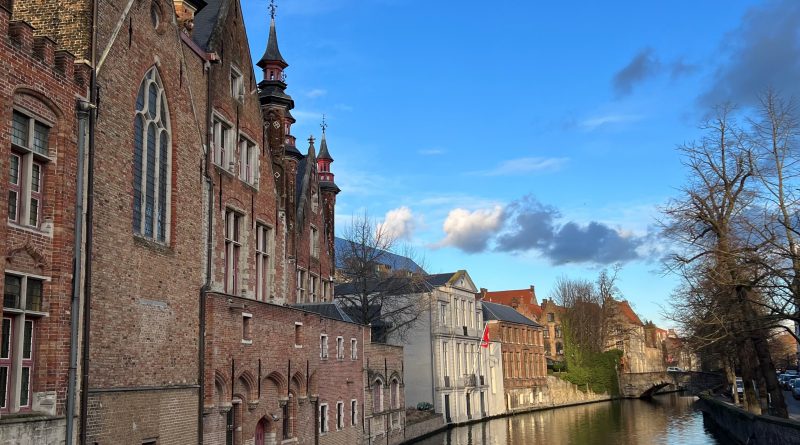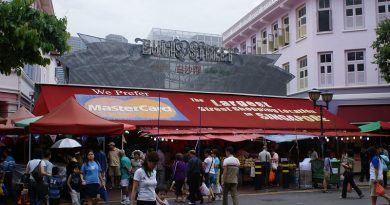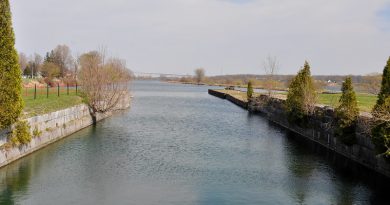Bruges: The Venice of Northern Europe
Along with a few other canal-based northern cities, such as Amsterdam and St Petersburg, Bruges, is sometimes referred to as the Venice of the North.
Bruges has significant economic importance, thanks to its port, and was once one of the world’s chief commercial cities.Bruges is a major tourism destination within Belgium and the historic city centre is a UNESCO World Heritage Site.
Bruges’ Golden Age was from the 12th to 15th centuries . The tidal inlet which connected Bruges to the sea, known as .Het Zwin (Golden Inlet), was crucial to the development of local commerce.
Trade
Bruges had a strategic location at the crossroads of the northern and the southern European trade routes. It was already included in the circuit of the Flemish and French cloth fairs at the beginning of the 13th century, but when the old system of fairs broke down, the entrepreneurs of Bruges innovated. They developed or borrowed from Italy new forms of merchant capitalism, whereby several merchants would share the risks and profits and pool their knowledge of markets. They employed new forms of economic exchange, including bills of exchange such as promissory notes and letters of credit.The city eagerly welcomed foreign traders, most notably the Portuguese traders selling pepper and other spices.
A wool market, a woollens weaving industry, and the cloth market all profited from the shelter of city walls, where surpluses could be safely accumulated. The city’s entrepreneurs reached out to make economic colonies of England and Scotland’s wool producing districts.
The Bourse opened in 1309 and was most likely the first stock exchange in the world. It developed into the most sophisticated money market of the Low Countries in the 14th century. By the time Venetian galleys first appeared, in 1314, they were latecomers.
Numerous foreign merchants were welcomed in Bruges, such as the Castilian wool merchants who first arrived in the 13th century. After the Castilian wool monopoly ended, the Basques, many hailing from Bilbao in a Portugal thrived as merchants of wool and iron.
In the 15th century, Philip the Good, Duke of Burgundy, set up a court in Bruges, as well as Brussels and Lille, attracting several artists, bankers, and other prominent personalities from all over Europe. The weavers and spinners of Bruges were thought to be the best in the world. There is still a tradition of lace fine cloth and linen making in the city today.
Starting around 1500, the Zwin channel, (the Golden Inlet) which had given the city its prosperity, began silting up and the Golden Era ended.The city soon fell behind Antwerp as the economic flagship of the Low Countries.
During the 17th century, the lace industry took off again and various efforts to bring back the glorious past were made. During the 1650s, the city was the base for Charles II of England and his court in exile.
But Bruges gradually became impoverished and slowly faded in importance; its population dwindling from 200,000 to 50,000 by 1900.




